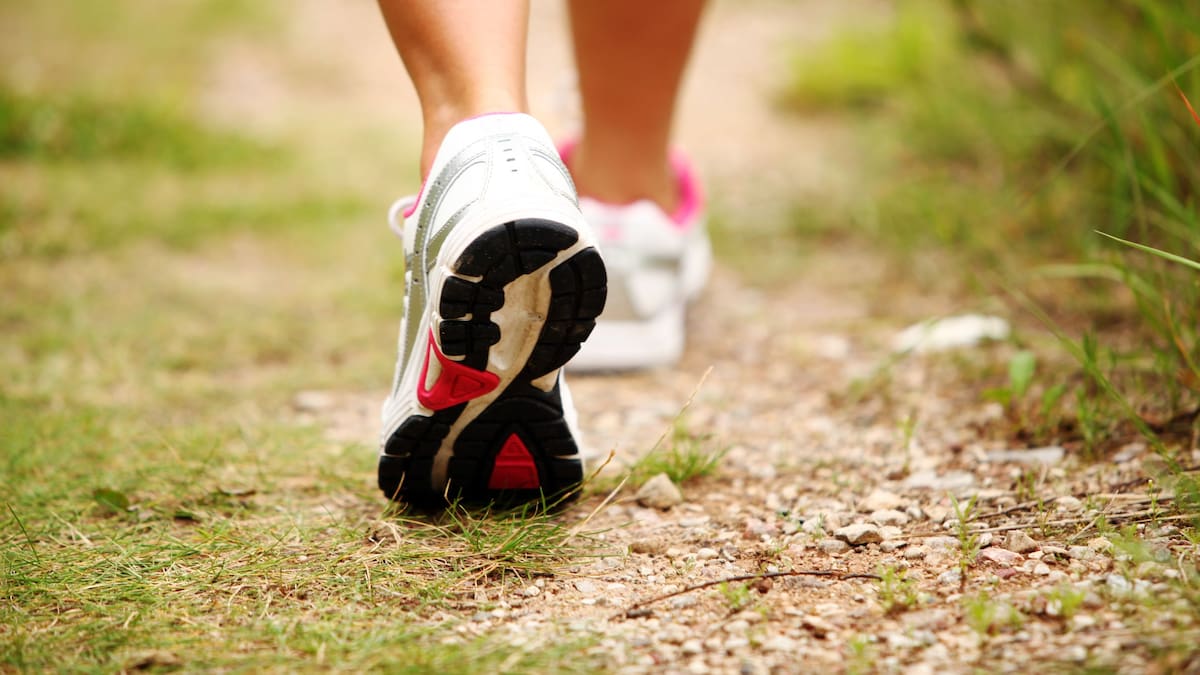The Washington Post interviewed seven experts in all matters feet, walking and shoes to help you find your walking shoes. Have fun out there!
What to look for when trying on shoes
A walking shoe falls somewhere between a casual shoe and one built for running, said Hylton Menz, a professor of podiatry at La Trobe University in Melbourne, Australia. Walkers don’t need all the technology of an advanced running shoe, but you do need enough support for the trek.
“You don’t need to break the bank to get a good pair of shoes to walk your local 5K,” said JJ Hannigan, an assistant professor of physical therapy at Oregon State University in Cascades who has studied the biomechanics of walking.
A true walking shoe is slightly different from a running shoe, said Saylee Tulpule, a podiatrist in DC and Maryland. The toe box is often more flexible – allowing the balls of the feet to bend – and the midsole is firmer, she said.
Running shoes are generally built for the same forward movement, and some experts say a simple running shoe works for walking, as well.
One of the most noticeable differences in running or walking shoes is the stack height – or the thickness of the midsole. Generally, Hannigan said he’d steer people to shoes that are “not too tall and not too low”. People tend to feel more stable when the midsole is lower to the ground. But too little cushion can put a greater stress on the foot and ankle.
“You really don’t need a shoe that has a heap of cushion,” Menz said. “You just want something that gives you a bit of shock absorption.”
Whether you’re strolling a 5K or running errands, the right shoes make all the difference. Photo / 123RF
What a good walking shoe should feel like
A walking shoe should feel comfortable, firm, supportive and well-fitting at the heel, experts say.
When you first try on a shoe at the store, you shouldn’t feel any pressure points. You want a shoe that matches the shape of your foot. The sole of the shoe should hug the arch of your foot – not dig into it, Tulpule said. And, you should have a thumb’s width of space between your longest toe and the front of the shoe.
Your usual shoe size isn’t a guarantee for a perfect fit. Shoe shapes vary brand to brand, and companies make slight alterations to models over the years, said Georgeanne Botek, the head podiatrist at the Cleveland Clinic. Plus, our feet change slightly as we age.
At a minimum, walk around the store to see how the shoes feel, Hannigan said. That’s why running stores often have their own treadmill.
And, if you can, shop for shoes in the afternoon because your feet swell up later in the day, Tulpule said.
Any pressure or tightness around your feet will lead to friction and irritation, causing blisters, corns and calluses. Tulpule said she typically recommends wider walking shoes because your feet splay out as you step.
To break in a new pair of shoes, you need to wear them – and that takes time. Wear the shoes around your house before you step outside, Botek said. That way, you can still return the pair if they start to feel uncomfortable, she said.
Then, wear the shoes when you go grocery shopping or as you run errands, Galloway said. After a week or so, the shoes are going to tell you whether the shape works for your feet, he said.
If the shoes still feel uncomfortable, it’s because your feet need a different shape to support your width, arch or heel, Galloway said. An expert at a specialty running store can help.
“If you’ve had some aches and pains, blisters, whatever, there is a source out there that can help you through that,” he said.
Breaking in new shoes at home first can save you from painful returns. Photo / 123RF
When to replace your walking shoes
The “magic” of a shoe lies in the midsole, the cushion between the foot and the ground that supports the feet, said Chris Farley, owner of Pacers Running, a store in Washington. But, the constant compression from walking or running wears the midsole down. It’s a matter of time and mileage. “These shoes are not designed to last forever,” Farley said.
After 310 miles – or 500km – the midsole of a shoe will wear out, Botek said.
If you haven’t been tracking your mileage, look for signs that the midsole is compressed, wrinkled or cracked, Farley said.
If the bottom of the shoe is worn down and there’s no more textured grip, that’s another sign to replace a pair of shoes, Menz said.
Or, you can walk two miles in the shoes and notice if you have any pain or discomfort during or afterward, Botek said.
“The last thing you want is for it to generate an injury,” Menz said. “Let’s avoid that risk totally by going with a decent shoe.”
What to know if you are planning to race
If you plan to race, the best option is a pair of shoes you’ve trained on and broken in – meaning they fit your feet, Galloway said.
Thanksgiving Day is the biggest race day of the year for runners and walkers in the United States. A turkey trot is often the only race people will sign up for all year, Farley said. But a pair of worn-out shoes can ruin the experience.
On Thanksgiving, “I see the worst array of footwear” because people don’t realise their three-year-old shoe isn’t appropriate for a 5K, Farley said.
If you’re walking a 5-kilometre, or 3.1 mile, turkey trot, wear shoes you’ve already walked at least two miles in, Galloway said. After two miles, your feet will tell you if a shoe isn’t the right fit.
“Blisters or sore places,” Galloway added. “Those are the usual signs.”

